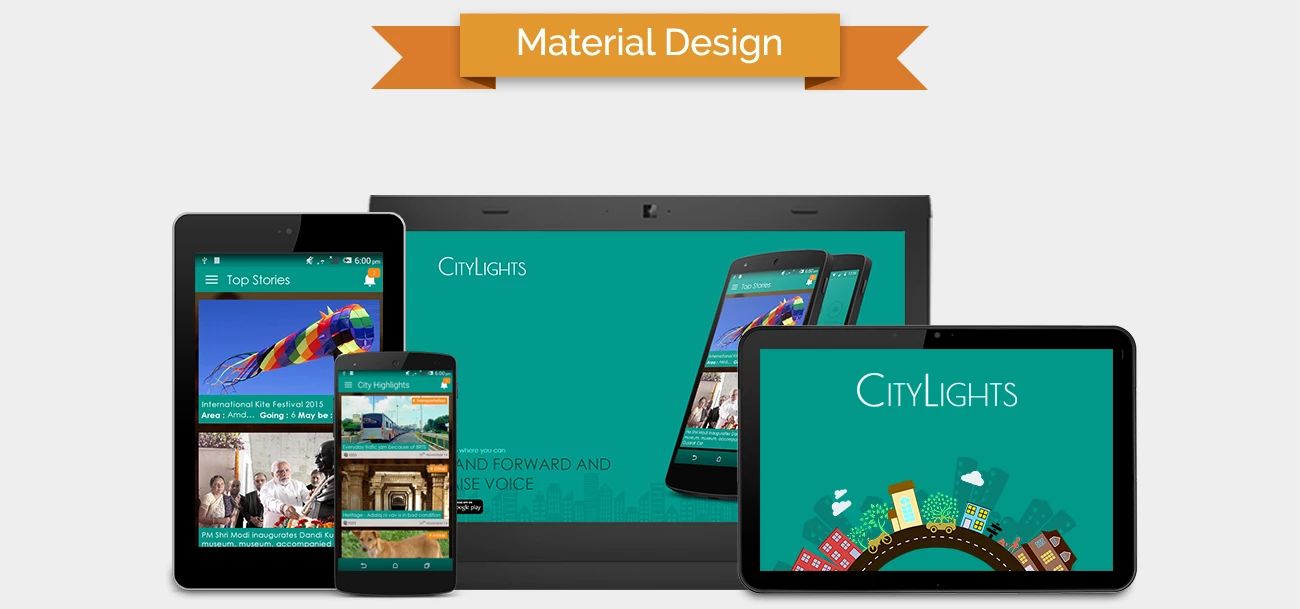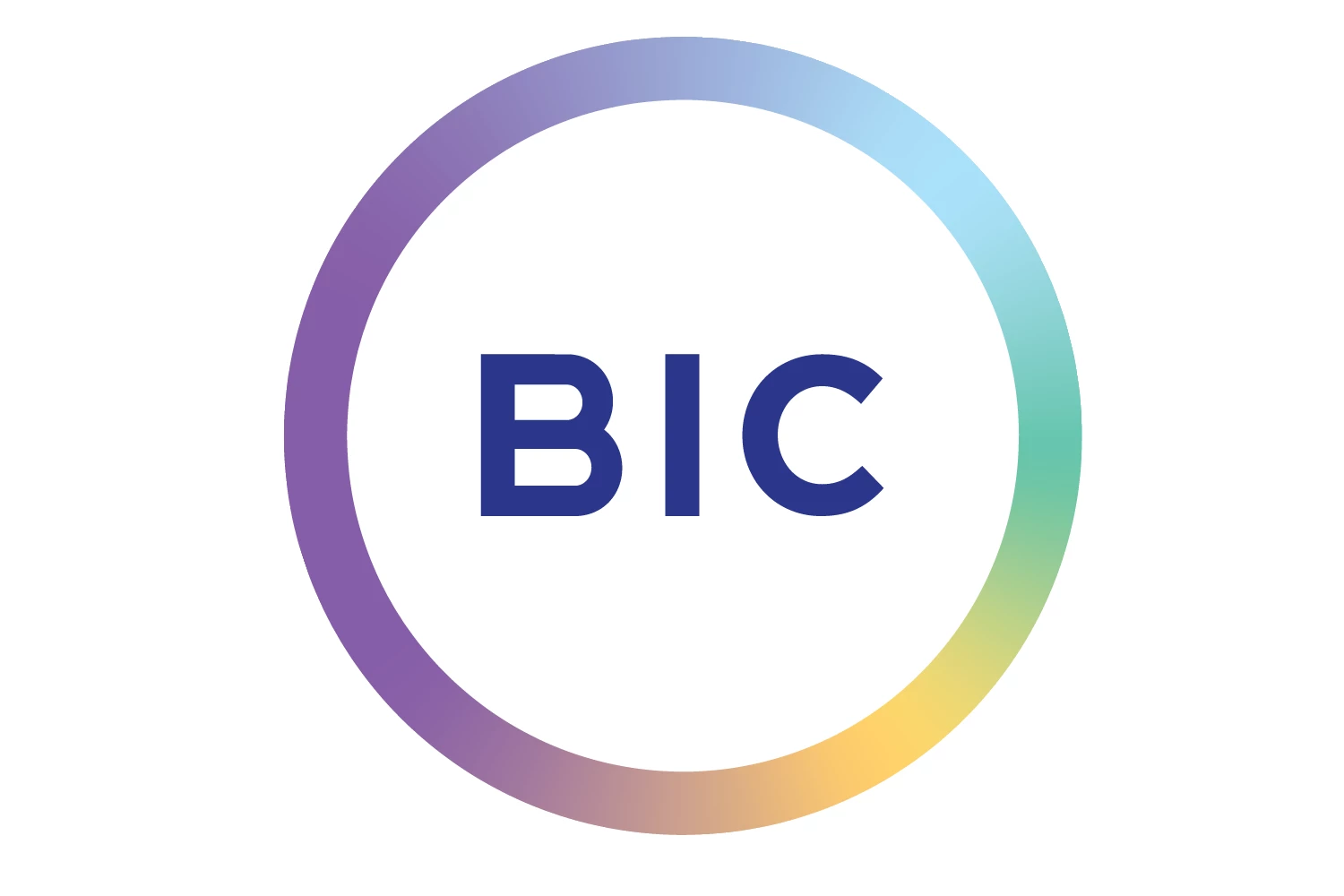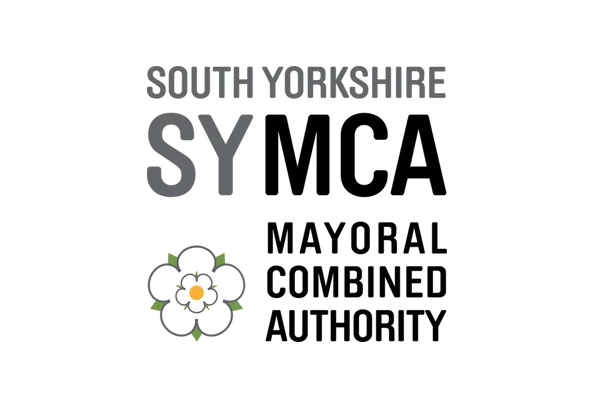
Member Article
Fundamental Elements of Material Design In Android App
Do you know that Google has exposed its design visualization for the future known as Material Design; which integrates flat elements, bold colors and instructive animations to form a fresh user interface for the modern age? Actually, Material design is a wide-ranging approach to viewable, interplaying and emotive design for this multi-screen world. Amid Android 5.0 Lollipop and the updated support libraries assist you to create material User Interfaces.
Today, I would like to drive the reader focus towards elements of material design which developers must add in your Android app such as the material theme, vector drawables, custom animations, custom shadows and view clippings and widgets for cards as well as lists. Additionally, the material design is an aspect that supports improved consistency, animation in touch-enabled responses and a superior Android experience. Experience more transitions, glib graphic performance, 3D views, improved typography and a finer iconography.
Various Essential Features of Material Design in Your Android App:
Exteriors That Are Tangible:
In the material design, basically User Interfaces are constituted of pieces of digital paper & ink. The shadows and the surfaces they emit and provide visual prompts to the structure of the Android application that can be touch and moved(to fascinate user attention). This digital material like shadow, the surfaces and the cards can move, expand and alter to make flexible UI’s.
Sort Of Print Design:
The Material makes use of standard principles from print design to contrive clean, plain layouts that set your content front and center. Bright color options, intended whitespace, attractive typography and a well-built baseline grid create hierarchy, implication and focus.
Real Motion:
The touchable surfaces don’t just show out of nowhere as a jump-cut in a motion picture or movie; they slide into place supporting to focus attention by establishing spatial connection and maintain stability. Materials act in response to touch, to affirm your interaction and all changes show outward from your touch point. All movements like activity and fragment transitions are important and user friendly or handy.
Adaptive Design:
The ultimate core conception of material design is creating a particular robust design that functions across devices of diverse sizes and shapes, from basic televisions to advance watches. Adaptive design practices foster in realizing the vision that each device reflects a special view of the same fundamental system. Each view is customized to the size and interaction suitable for that device. Thus, spatial relations, colors, hierarchy, iconography & spatial relationships remain endless. The material design system bestows flexible components and patterns to foster you build a design that extent.
Benefits of Material Design in Your Android app:
This Material Design concentrates on a more insightful user experience, which features
- Increase in performance
- Enhanced touch and voice response
- Superior flexibility as user’s transition between apps & Android devices and a lot more
Conclusion:
There is a lot to Material design. Since the materials design came into IT market, people started to see great application with attractive UI/UX design. Android developer can develop attractive apps by help of material design guidelines and tools provided; it became easier to beautiful apps.
This was posted in Bdaily's Members' News section by Azilen Technologies .



 How advancements in technology are shaping the future of the economy in North East England
How advancements in technology are shaping the future of the economy in North East England
 South Yorkshire Craftsmanship and Innovation: A Tale of Heritage and Growth
South Yorkshire Craftsmanship and Innovation: A Tale of Heritage and Growth
 Demystifying Degree Apprenticeships
Demystifying Degree Apprenticeships
 Industry-focused apprenticeships pave the way for a bright future in science manufacturing
Industry-focused apprenticeships pave the way for a bright future in science manufacturing
 What’s the best hosting plan for a business website?
What’s the best hosting plan for a business website?